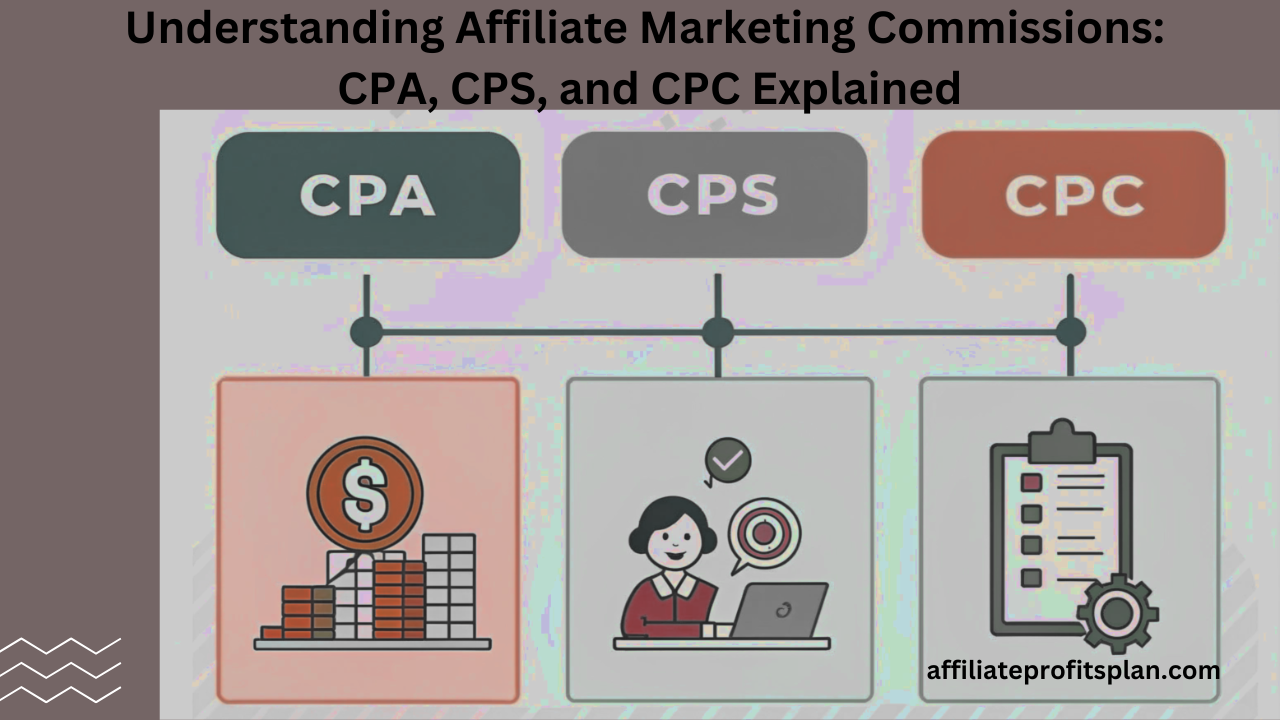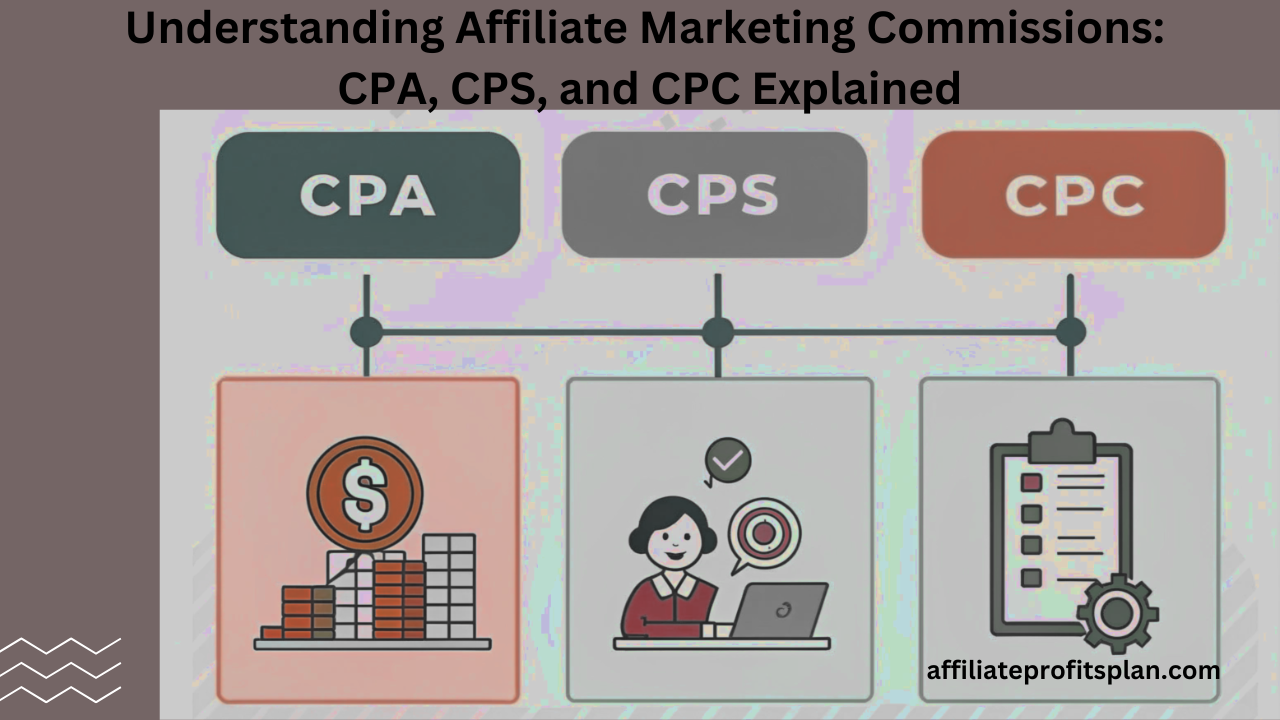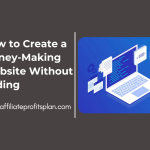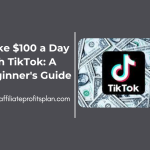Welcome to my article “Understanding Affiliate Marketing Commissions: CPA, CPS, and CPC Explained.”Affiliate marketing is one of the most popular ways to make money online, but if you’re new to it, navigating the world of commissions can feel like trying to decode a secret language. Whether you’re just starting out or looking to optimize your strategy, understanding how affiliate commissions work is crucial to maximizing your earnings. From Cost Per Action (CPA) to Cost Per Sale (CPS) and Cost Per Click (CPC), there are different commission models that can impact how much you make—and more importantly, how much work you need to do to get there. But don’t worry, we’re not going to leave you hanging with just a bunch of confusing acronyms.
In this article, we’ll break down these three popular commission models—CPA, CPS, and CPC—so you can understand how they work, when to use them, and which one is best suited for your affiliate marketing goals. Think of it like picking the right tool for the job: some models are better for generating leads, while others are more focused on driving sales or traffic. Once you know the ins and outs of these commission structures, you’ll be able to make smarter choices, improve your affiliate marketing performance, and, of course, see those earnings grow. So grab a coffee, sit back, and let’s dive into the world of affiliate marketing commissions—no jargon, no confusion, just simple explanations with a sprinkle of humor to make things easier to digest.
Access Our Proven Tested Formula for $50-$100 Daily Income – Watch This FREE Video >>

What is CPA (Cost Per Action)?
When it comes to affiliate marketing, Cost Per Action (CPA) is like the “one-click wonder” of the commission world. In simple terms, CPA means you get paid when someone takes a specific action on the website you’re promoting. And by “action,” we’re talking about anything from signing up for a newsletter to downloading an app, filling out a contact form, or even making a purchase (though purchases can often fall under other models like CPS). Essentially, you’re paid for getting people to do something tangible—no need for them to pull out their wallets (unless it’s a special case).
So how does this work for you as an affiliate? Let’s say you’re promoting a free trial of a software service. Every time someone clicks your link, lands on the service’s page, and fills out the registration form to start the free trial, you earn a commission. The beauty of CPA is that you don’t need to wait around for someone to pull out their credit card and buy anything. You just need to get them to complete the designated action, and voilà—you’ve got your payment! It’s like being rewarded for a well-executed “nudge” without needing a hard sell.
Now, CPA can be a goldmine for affiliates in certain niches. If your goal is to generate leads rather than direct sales, CPA is your go-to model. It’s particularly useful for promoting offers that are tied to a low-risk action, like signing up for a free demo or registering for a webinar. Plus, if you’ve got a steady flow of targeted traffic, you can quickly scale your efforts and watch those commissions roll in. Of course, there’s always a balance—CPA doesn’t usually pay as much per action as other models like CPS, but the ease of conversion can make up for it. So, whether you’re new to affiliate marketing or a seasoned pro, CPA is a great way to earn without needing to close a sale. It’s the perfect model if you’re a fan of simple, straightforward results (and let’s face it, who isn’t?).
What is CPS (Cost Per Sale)?
Cost Per Sale (CPS) is the rockstar of affiliate marketing commission models—high stakes, high rewards, and a whole lot of potential. With CPS, you earn a commission every time someone makes a purchase through your affiliate link. That’s right, no free sign-ups or casual clicks here; you’re bringing in the buyers, and that’s when you get paid. It’s the ultimate “you eat what you kill” model, which sounds a bit intense, but hey, it’s all about results, right?
So, how does CPS work in the real world? Let’s say you’re promoting a trendy gadget, like a fancy coffee maker that turns beans into caffeinated gold. A customer clicks on your affiliate link, lands on the product page, and buys that life-changing coffee maker. Boom! You just earned a percentage of the sale. The commission rate varies depending on the product and the affiliate program—some might offer 5%, while others could go as high as 50% for digital products. High-ticket items, like luxury goods or subscription services, can be especially lucrative if you’ve got the knack for driving serious buyers.
The beauty of CPS lies in its potential. Since commissions are directly tied to sales, the payout can be much higher than models like CPA or CPC. It’s also perfect for affiliates who know how to target their audience effectively and build trust—after all, people don’t spend money unless they’re convinced it’s worth it. But there’s a catch (of course, there is). Convincing someone to part with their hard-earned cash isn’t always easy. It requires high-quality content, strategic persuasion, and a sprinkle of marketing magic to turn casual browsers into paying customers.
In short, CPS is where the real money in affiliate marketing often lies. If you’re ready to go beyond clicks and leads and focus on conversions, this model can be your ticket to substantial earnings. Just think of it as the sales-focused sibling of CPA—fewer easy wins but bigger, better rewards when you do land a sale. And let’s be honest, who doesn’t want that satisfying ka-ching moment when a sale rolls in?
What is CPC (Cost Per Click)?
Cost Per Click (CPC) is the affiliate marketing model for those who believe in the power of baby steps. With CPC, you get paid every time someone clicks on your affiliate link—no sign-ups, no purchases, no strings attached. Just clicks. Think of it as being rewarded for sparking curiosity, even if that curiosity doesn’t always lead to a sale. It’s like getting applause for opening the door, even if nobody walks through it.
Here’s how it works: You promote a product or service on your blog, social media, or website. Someone sees your beautifully crafted ad or engaging content, clicks the link, and heads over to the merchant’s site. That’s it. You’ve done your part, and now the CPC model does its—crediting your account with a commission for that click. The payout per click is usually modest—think pennies or a few cents—but those clicks can add up quickly if you’re driving a lot of traffic. It’s a game of volume, not high-stakes drama.
Access Our Proven Tested Formula for $50-$100 Daily Income – Watch This FREE Video >>
CPC is especially handy if you’ve got a high-traffic website, a blog that churns out compelling content, or a knack for creating irresistible ad copy. It’s also a low-risk way to get started with affiliate marketing because you’re not tying your commissions to conversions. However, the flip side is that CPC earnings often pale in comparison to CPA or CPS. You’ll need a LOT of clicks to see a substantial income, so your strategy should focus on attracting and engaging a broad audience.
The key to success with CPC? Target the right traffic and optimize your campaigns. Using catchy headlines, clear calls to action, and strategically placed links can make a world of difference. And while you might not hear the metaphorical “cha-ching” with every click, the steady drip of earnings can create a nice revenue stream over time. So, if you’re in the game to play the numbers and keep things simple, CPC might just be your perfect match.
How to Choose the Right Commission Model for Your Affiliate Business
Choosing the right commission model for your affiliate business is like picking the perfect pair of shoes—you need something that fits your style, suits the terrain, and, of course, makes you look good (financially, in this case). With CPA, CPS, and CPC as your main options, it’s crucial to understand how each one aligns with your business goals, audience, and content strategy. After all, not every affiliate model will be a Cinderella fit for your business.
Step 1: Know Your Audience (Because They’re the Real Bosses)
Start by asking yourself: What does my audience want, and how do they behave online? If your readers love freebies and low-commitment offers, CPA might be your jam. It’s easier to nudge people toward actions like signing up for a free trial or downloading a guide. On the other hand, if your audience is ready to whip out their wallets (think high-trust niches like tech gadgets or fitness equipment), CPS could be your golden ticket. And if your site gets tons of traffic from curious clickers, CPC might help you monetize those casual visitors without the pressure of pushing for conversions.
Step 2: Match the Model to Your Strengths
Take a moment for some honest self-reflection. Are you great at creating content that drives curiosity and clicks? Then CPC might be your bread and butter. Do you excel at crafting persuasive pitches that turn readers into buyers? CPS could help you rake in the big bucks. If lead generation is your forte—whether it’s sign-ups, demo bookings, or app installs—CPA might be where you shine. Play to your strengths, and you’ll find the right fit.
Step 3: Evaluate the Products You Promote
The type of products or services you’re promoting also dictates the ideal commission model. For high-value, high-trust products like software or premium courses, CPS is usually the way to go because the payouts are worth the effort. On the flip side, for mass-market products or services with a low entry barrier, CPA or CPC might be a better bet. Think free trials, low-cost subscriptions, or online tools that appeal to a wide audience.
Step 4: Consider Your Traffic Volume and Quality
Your website’s traffic can make or break your commission strategy. If you’re still building an audience and your traffic is on the low side, CPS might feel like chasing a pot of gold at the end of a rainbow—it’s doable, but it’ll take work. In contrast, CPC or CPA lets you monetize smaller traffic volumes, especially if your visitors are engaged and likely to take quick actions. High traffic with a mix of lukewarm interest? CPC all the way.
Step 5: Diversify for the Win
Who says you have to pick just one? Many successful affiliates use a combination of CPA, CPS, and CPC models to balance risk and reward. For example, you could use CPC to earn from high-traffic blog posts, promote CPA offers through your email list, and reserve CPS for your high-value product reviews. Diversification keeps your income streams flowing smoothly, even if one model isn’t performing as expected.
Final Thoughts: Choose, Test, and Adjust
Choosing the right commission model isn’t a one-and-done deal. It’s an ongoing experiment. Test different models, track your results, and adjust based on what’s working (or not). The key is to align the commission structure with your goals while staying flexible enough to adapt. Remember, there’s no “perfect” model—it’s about finding what works best for your unique affiliate business. So, lace up those metaphorical shoes and start walking the path to smarter commissions!
Conclusion
Affiliate marketing commissions might seem like a maze of acronyms at first, but once you break them down, CPA, CPS, and CPC are just different ways of saying, “Here’s how you get paid.” Each model has its unique perks and challenges, from CPA’s simplicity to CPAs high-reward potential and CPC’s click-happy charm. The trick is figuring out which one aligns with your goals, audience, and marketing style—and sometimes, it’s a mix of all three.
Access Our Proven Tested Formula for $50-$100 Daily Income – Watch This FREE Video >>
The good news? There’s no wrong choice, only the right fit for your current strategy. CPA is your go-to if you want predictable results and quicker wins. CPS is perfect if you’re ready to chase big commissions by converting serious buyers. And CPC? It’s ideal for those who love playing the volume game with minimal barriers to earning. The beauty of affiliate marketing is that you can pivot, experiment, and find the sweet spot where effort meets reward.
So, what’s the next step? Start small, test the waters, and don’t be afraid to tweak your approach as you learn what works. Track your results, stay flexible, and remember: affiliate marketing is as much about persistence as it is about strategy. With the right commission model (or combination), you’re setting yourself up for consistent, scalable success. And who doesn’t love the sound of that? So go forth, pick your path, and may your commissions grow as fast as your caffeine consumption on a Monday morning!
Thanks a lot for reading my article on “Understanding Affiliate Marketing Commissions: CPA, CPS, and CPC Explained” till the end. Hope you’ve helped. See you with another article.










